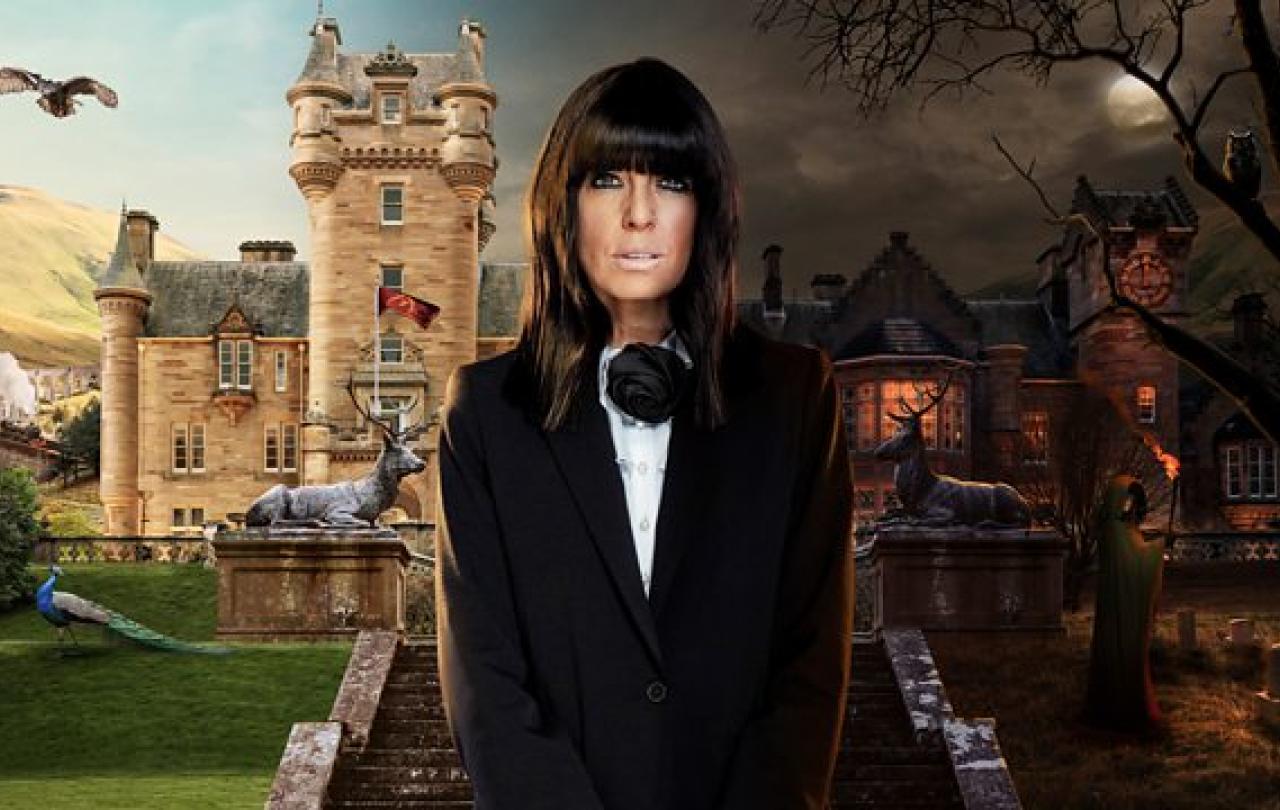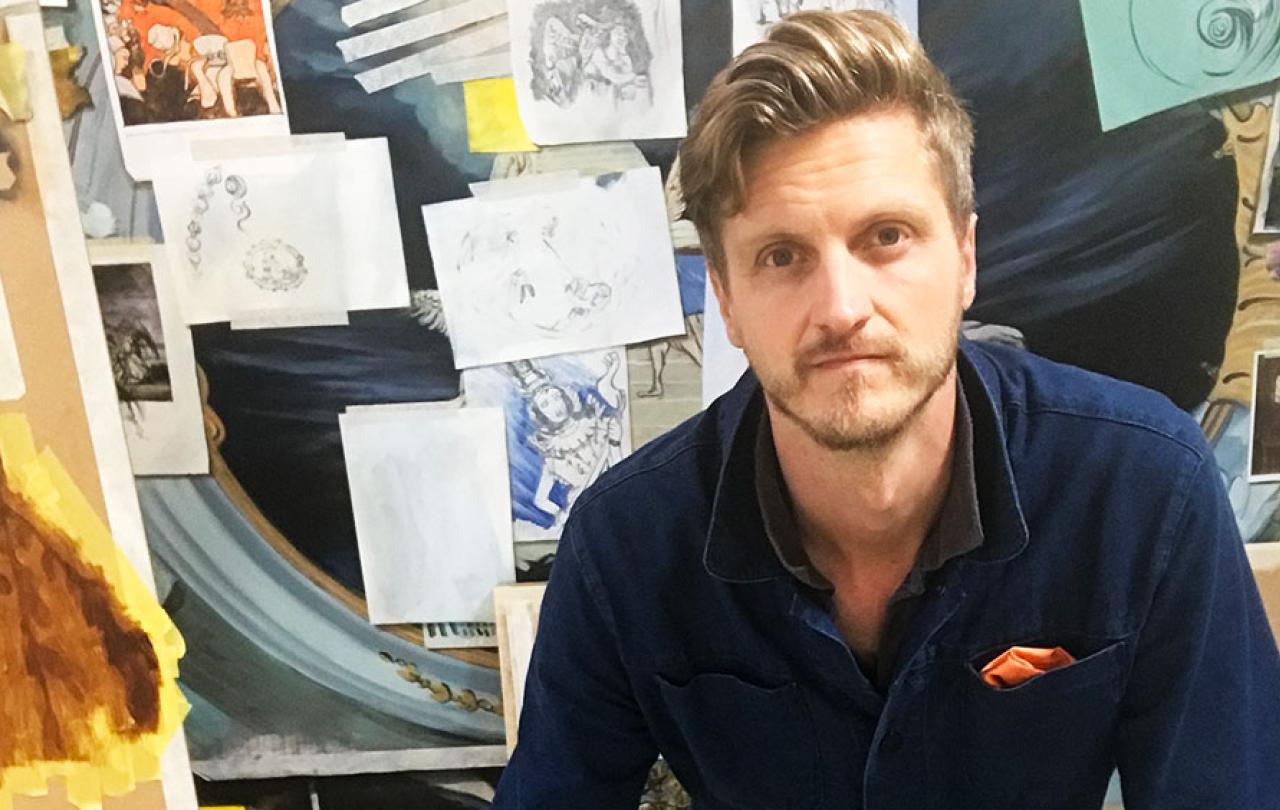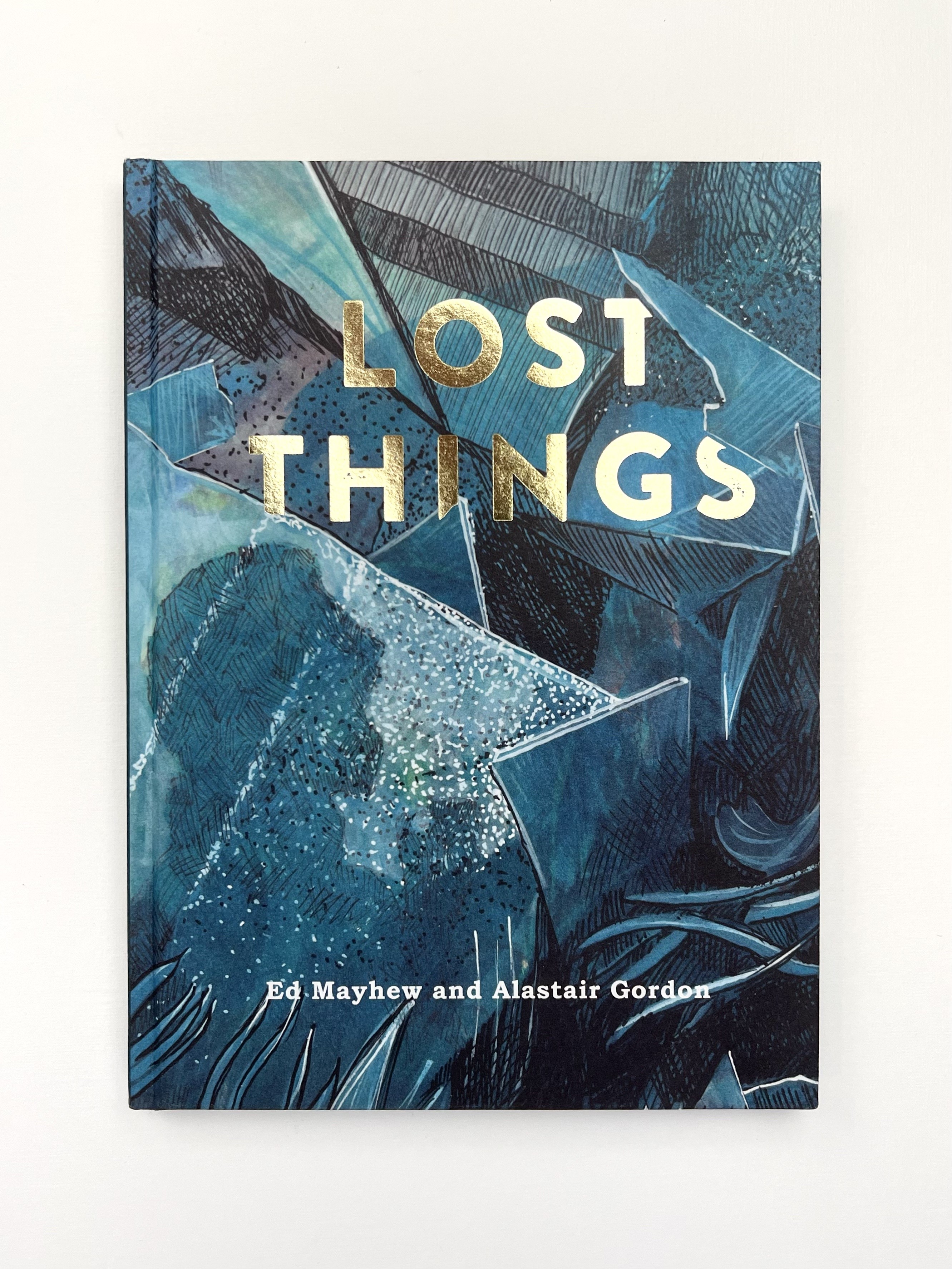
‘What a tangled web we weave when first we practise to deceive.’
Some people, it seems, are not cut out to be liars. I felt for Freddie, one of the last contestants to survive on The Traitors, who found out the hard way. A fumbled recounting of a fabricated conversation with fellow Traitor Minah was enough to seal his fate, and soon he too was banished from the castle. The sad irony was that until his last-minute recruitment as a Traitor, Freddy had in fact been a Faithful for most of the show, insistently proclaiming his innocence and now cruelly denied his chance of vindication. But that’s all part of the game: shifting identities and alliances mean nothing is at it seems, and trusting is fraught with risk.
Part of the success of The Traitors is that it has very successfully tapped into a pervasive national mood: the feeling that we are constantly being deceived, misled, spun or manipulated. This is hardly surprising. Trust in politicians and institutions is at an all-time low, eroded by scandals, misinformation and truth dodging. From the Post Office and the contaminated blood scandals to the manipulation of unpalatable facts to the non-apologies of the guilty, the British public has become increasingly sceptical of those in power.
The 2024 British Social Attitudes survey, conducted by the National Centre for Social Research, revealed that public trust in the UK's system of government has reached a record low, while a similar survey by the OECD reported that only 27 per cent of people in the UK reported high or moderately high trust in government, well below the OECD average of 39 per cent.
But it’s not just politicians and institutions that we distrust. The new world of deep fakes, misinformation, and AI-generated content seems also to have had a corrosive effect on our ability to trust one another. A recent CREST Insights report indicates that only 41 per cent of respondents now trust their neighbours, while the Edelman Trust Barometer tells us that this distrust has, for some, moved from resignation to outright hostility, with one in two young adults approving of hostile activism as driver of change - including attacking people online and intentionally spreading disinformation.
With this backdrop, it is hardly surprising that the contestants of The Traitors are susceptible to high levels of paranoia, and see Machiavellian deceit and betrayal as their only way to survive and have any chance of winning.
But the human cost of betrayal is high and psychologically taxing. The constant need to fabricate stories, remember lies, and manage the stress of potential exposure requires huge cognitive and emotional effort. The effects are tangible as the contestants suffer variously from anxiety, paranoia, and emotional exhaustion.
Meanwhile the building paranoia is stoked by regular invocations of the dark supernatural as cloaked figures and effigies shift the atmosphere from wink murder to The Wicker Man, and Claudia presides over proceedings with the authority of a pagan high priestess. Even the game operates within a quasi-religious framework of sin, confession, and punishment. Players who lie and deceive will eventually face judgment, from their fellow contestants and the millions watching at home
What appeared to be crocodile tears turned out to be genuine tears of despair as the demands of the game took its toll on her conscience and integrity. “I hate it. I hate how I was.”
Although everyone knows it’s just a game, the prolonged deception has real world repercussions that continue beyond the show's end. Many of the contestants struggled to reintegrate into their daily lives, facing challenges in rebuilding trust with loved ones and grappling with their actions during the game. The vicar, Lisa, told of the discomfort of having to explain away her absence on the show as a ‘retreat’, while the winners, Jake and Leanne, both said how difficult it had been to adjust post-show, pointing to a lingering paranoia and the strain of having to keep their victory a secret.
And yet, while betrayal and deceit define the show, it is often the genuine friendships and moments of trust that resonate most. Few will forget the ‘mother to mother’ pact made by Frankie and Leanne in the kitchen and the emotional final banquet when the suspicion and distrust were briefly lifted. Behind all the game playing, the yearning for authenticity and connection as an antidote to isolation could not be suppressed.
There are also inspiring moments of hope, vulnerability and redemption. Alexander, the charming diplomat, tells his heartfelt story about his late brother, who had developmental disabilities, which prompted his fans to donate over £30,000 to Mencap. Jake, who suffers from cerebral palsy, overcomes great odds to become one of the winners, and Leanne and Charlotte open up about their struggles to conceive. Each contestant had a back story that humanised them. Even the aloof high priestess herself shed tears, albeit in unaired footage, over her contestants’ traumas.
But it was Charlotte’s struggles that I found most inspiring. As the final Traitor, she seemed at first to relish her role with a very convincing series of lies, even turning on her fellow Traitor Minah. But it became apparent towards the end that, inside, she was in turmoil. What appeared to be crocodile tears turned out to be genuine tears of despair as the demands of the game took its toll on her conscience and integrity. “I hate it. I hate how I was,” she said later. “I felt so cruel. How I had to be to stay in the game – it was an immense pressure.”
Catharsis, when it came, was through forgiveness, especially from Frankie, the contestant who perhaps more than any other had reason to be hurt by Charlotte’s betrayal; they had after all been best friends within the confines of the castle. Charlotte later admitted to badly needing her forgiveness, which gracious Frankie was only too happy to give.
In an age of deceit and disappointment, Charlotte’s honesty, vulnerability and willingness face up to her actions and be reconciled with her victims, rather than justify them or offer a hollow non-apology, and Frankie’s willingness to forgive - offer us the hope that there can be a way out of the doom loop of deceit and broken trust.
Join with us - Behind the Seen
Seen & Unseen is free for everyone and is made possible through the generosity of our amazing community of supporters.
If you’re enjoying Seen & Unseen, would you consider making a gift towards our work?
Alongside other benefits (book discounts etc.), you’ll receive an extra fortnightly email from me sharing what I’m reading and my reflections on the ideas that are shaping our times.
Graham Tomlin
Editor-in-Chief







